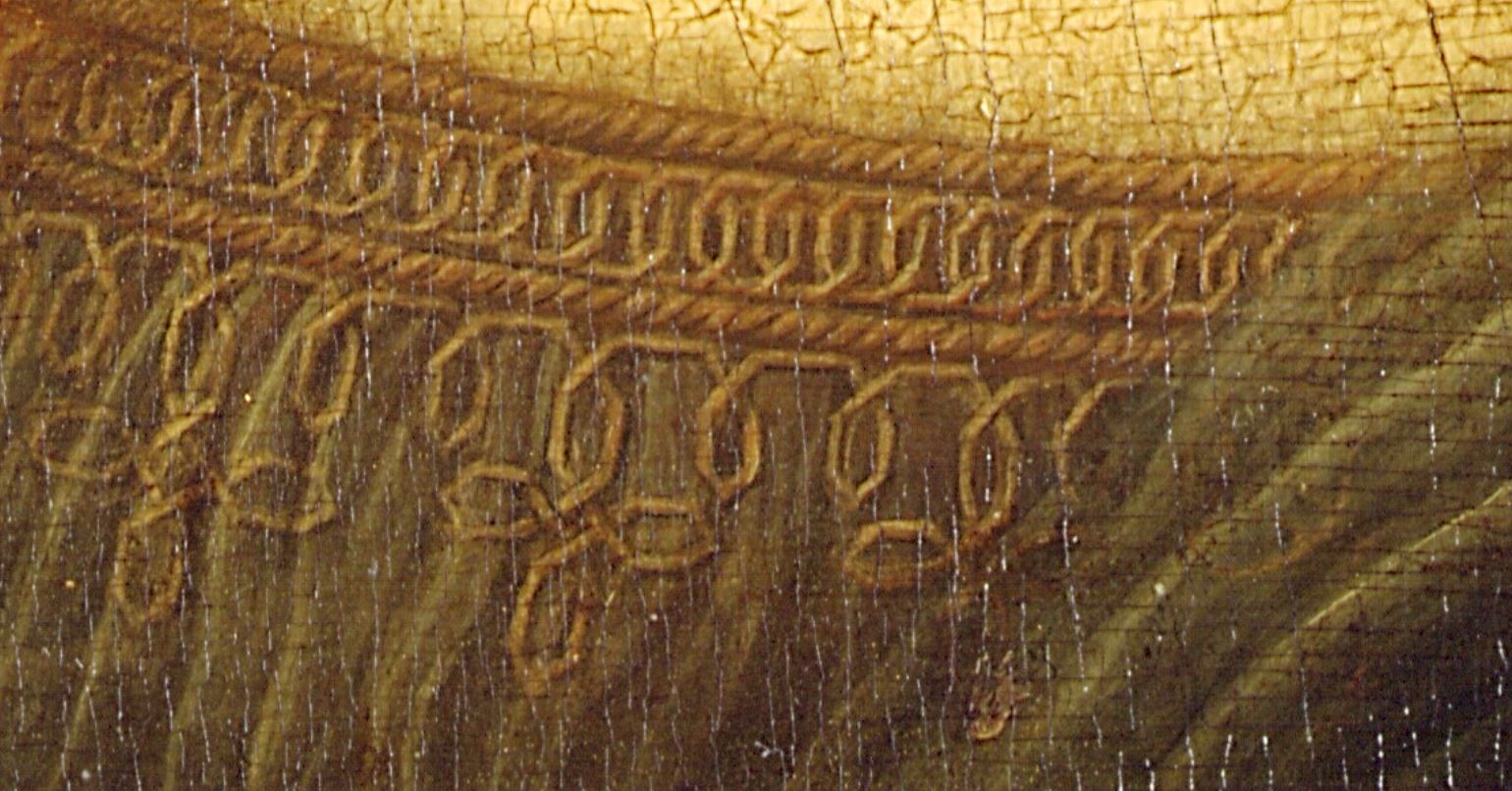The Mindful Mona Lisa: an Eternal Golden Braid

This week’s subtitle is adapted from Gödel, Escher, Bach (1979), Douglas Hofstadter’s Pulitzer prize-winning book on art, consciousness, and intelligence.
I first read GEB just this year, while researching the many sources cited in Italo Calvino’s Six Memos for the Next Millennium (1985). On reading GEB I realized that chapter four, “Consistency, Completeness, and Geometry,” shared many themes with Six Memos -- too many to be a coincidence, especially since Calvino specifically cites Hofstadter. These themes include labyrinths, incomplete works (like The Art of Fugue and Life: a User’s Manual), isomorphism, category theory, the nature of consciousness, interfusion of visual and verbal imagery, multiplicity, geometry, and more.
Six Memos, a quick read at 124 pages, was still unfinished at the time of Calvino’s passing. The sixth memo is unwritten and we know only its title, “Consistency,” and that it was to have discussed Melville’s “Bartleby the Scrivener” (itself a parable of consistency and incompleteness). We may certainly wonder, without needing to know for certain, whether Calvino left “Consistency” intentionally incomplete (perhaps knowing that his health was failing like Bach’s and wishing to leave us with a suitably challenging puzzle) or merely meant to write some memos in Italy and some in the USA. The new mathematics of “equivalency” based on categories is an apt enough comparison for this kind of analogic indeterminacy which allows multiple compositions and interpretations of the fields in question in which a range of possibilities all have relevance meriting consideration.
Network neuroscience like that of Olaf Sporns strongly echoes Hofstadter’s statement in GEB that “the key element in answering the question ‘What is consciousness?’ will be the unraveling of the nature of the ‘isomorphism’ which underlies meaning.” In Networks of the Brain (2010), Sporns writes: “The shape of cognition, the nature of the information that can be brought together and transformed, is determined by the architecture of brain networks. The flow of cognition is a result of transient and multiscale neural dynamics, of sequences of dynamic events that unfold across time.”
Clearly any complex information-processing system must strike a balance between work and rest, novelty and baseline, hence the essential role of both sleep and active rest (mindfulness) in brain function. Mirror neurons help create empathy and analogy with people, faces, and phenomena outside ourselves in an “eternal golden braid” of similarity, difference, and equivalency.
The Mona Lisa is Leonardo’s integrated, aesthetic embodiment of these interconnected truths which in our often rote efficiency we have managed to mistake for separate compartments of reality. His devotion to the dynamic unity of art and science, and his sense of the fragility of both in the face of history’s brutal indifference, informed both his encyclopedic notebooks and his goal of preserving their content and power in portraiture.
Leonardo wrote, “My little work will comprise an interweaving of these functions, reminding the painter of the rules and methods by which he may imitate with his art all these things – the works by which nature adorns the world.” He also wrote: "Art is never finished, only abandoned."
Next week: more network neuroscience! ?
